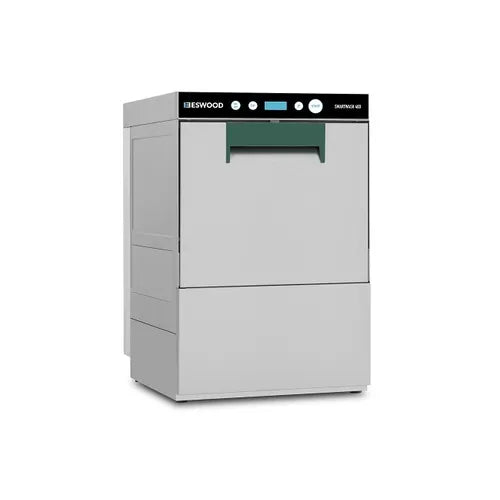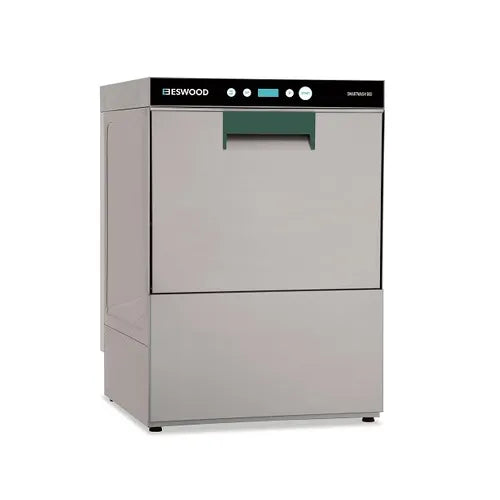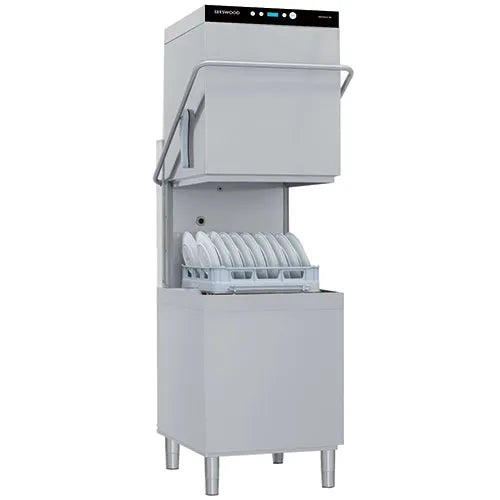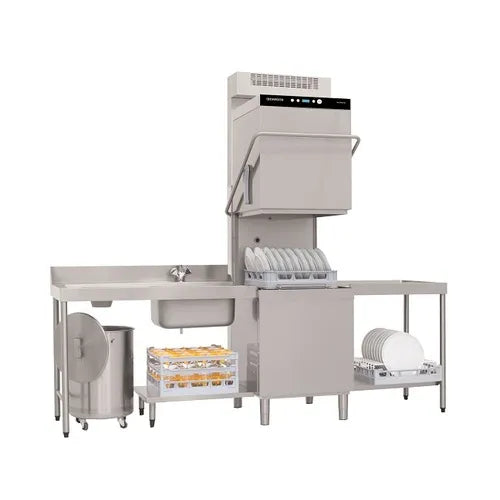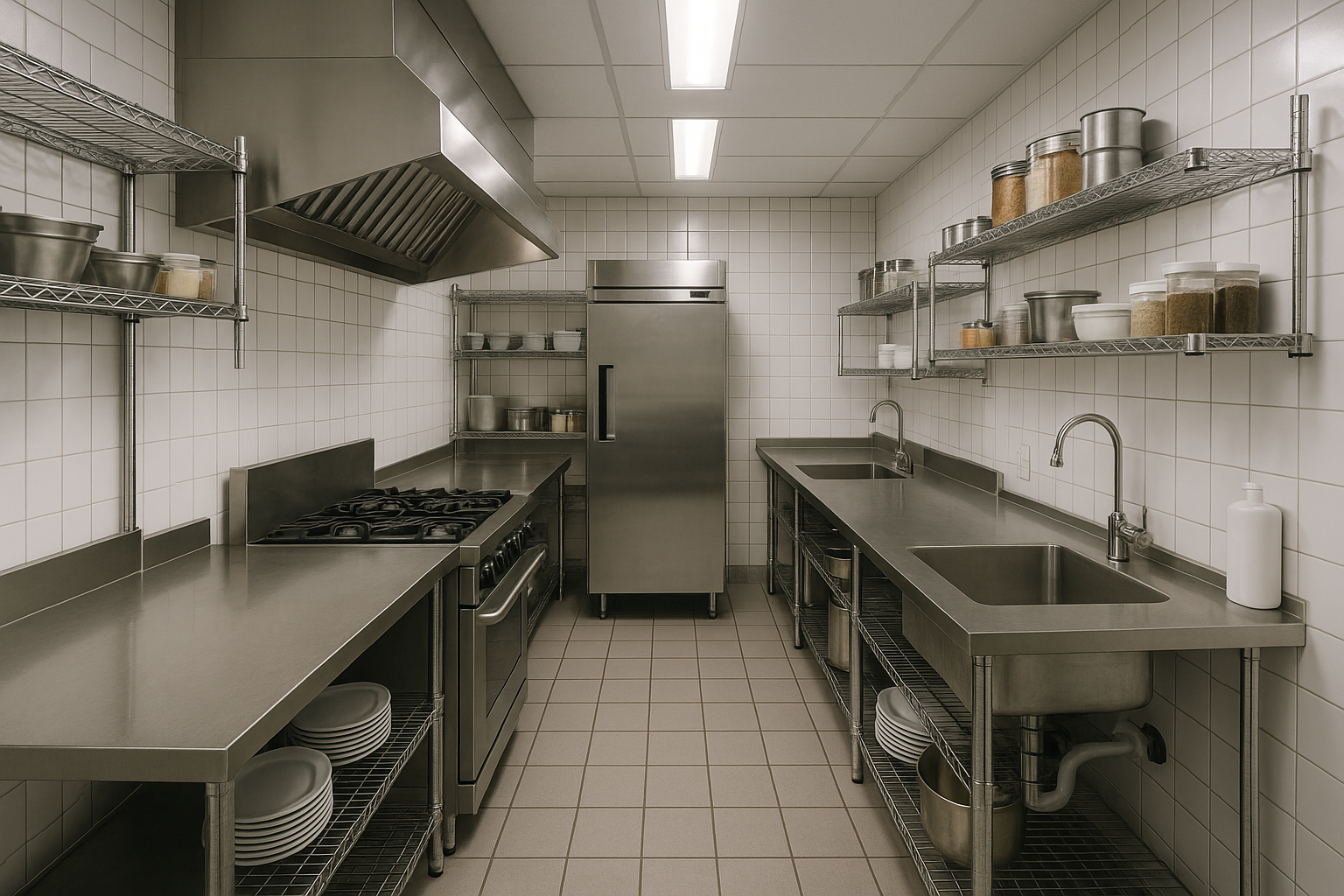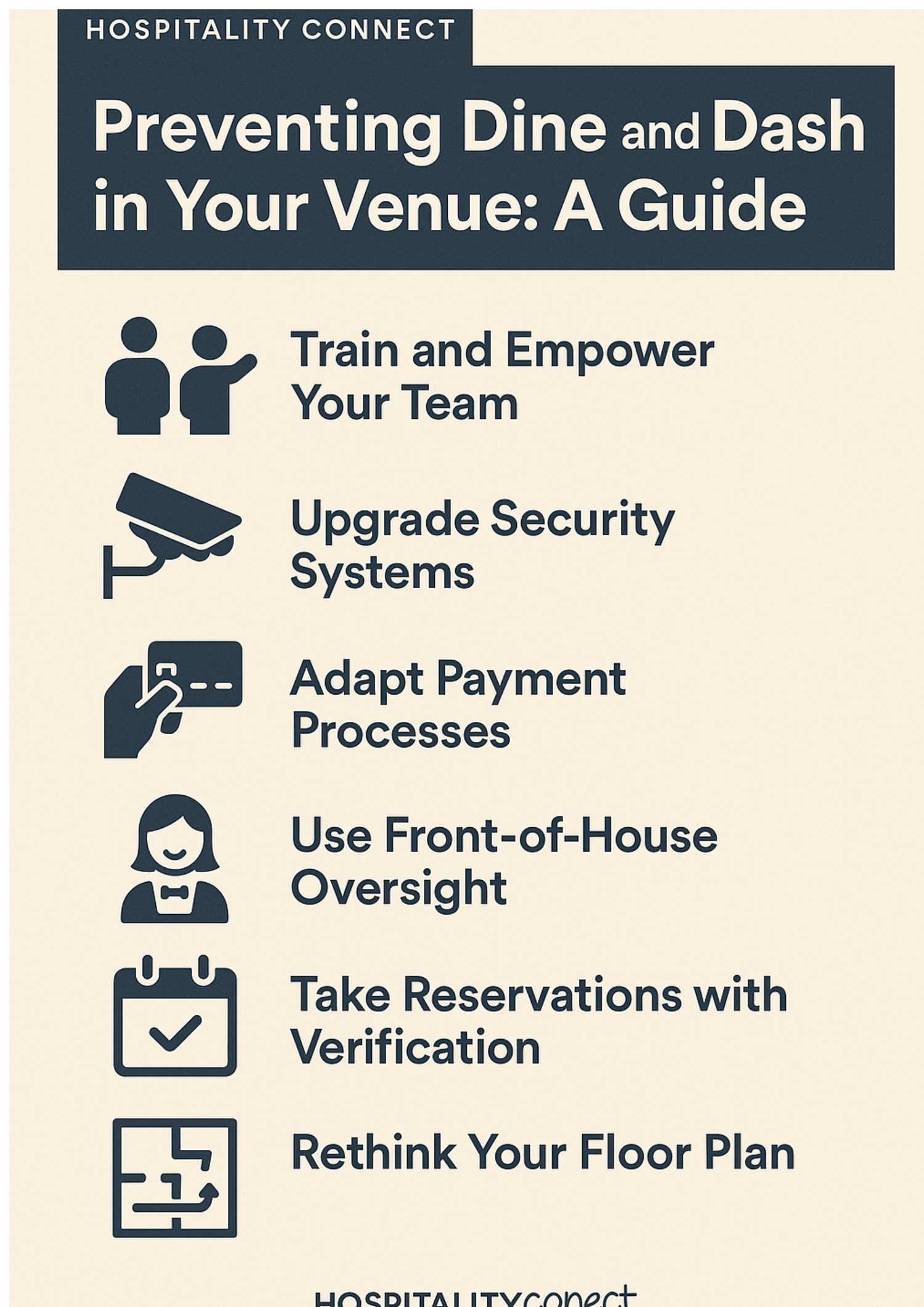Setting up a commercial kitchen in a compact space can feel like a game of Tetris—but with the right strategy and equipment, you can create a fully functional, high-efficiency kitchen, even in the smallest footprint.
At Hospitality Connect, we understand that limited space shouldn’t limit your culinary potential. Whether you're launching a café, food truck, ghost kitchen, or boutique eatery, this guide will walk you through how to outfit your small-space kitchen for maximum performance and profitability.
📐 Step 1: Smart Kitchen Layout = Smart Workflow
Designing an efficient kitchen layout is the first and most important step. Consider a flow that minimizes movement and maximizes productivity. Here are three proven configurations:
-
Assembly Line Layout – Ideal for fast food or high-volume cooking.
-
Zone Layout – Separates stations for prep, cooking, cleaning, and storage.
-
Galley Layout – Great for narrow spaces; appliances line both sides with a central walkway.
💡 Pro Tip: Always measure doorways, counters, and clearances before purchasing equipment.
🛠 Step 2: Choose Space-Saving Commercial Equipment
Invest in versatile, compact appliances that deliver power without consuming precious square footage. Top equipment categories to consider:
🔥 Cooking Equipment:
-
Countertop induction cooktops – Energy-efficient and safe.
-
Combi ovens – Combine steam and convection to save space and increase versatility.
-
Compact fryers or griddles – Ideal for quick-service items.
❄️ Refrigeration:
-
Undercounter fridges/freezers – Double as work surfaces.
-
Drawer refrigeration – Easy access and streamlined organization.
-
Dual-zone fridges – Keep multiple items at optimal temps in one unit.
🧼 Cleaning & Sanitation:
-
Compact dishwashers – Fast cycles in tight spaces.
-
Wall-mounted sinks – Free up floor space.
📦 Storage Solutions:
-
Wall shelving units – Maximize vertical space.
-
Mobile storage racks – Adaptable and easy to clean.
-
Nesting prep tables – Roll away when not in use.
💡 Step 3: Prioritize Multi-Functionality
Every piece of equipment should earn its keep. Look for gear that offers multiple cooking methods or functions:
-
A combi oven can steam, roast, bake, and more.
-
A food processor can chop, blend, grate, and slice.
-
A bain marie can keep multiple sauces or dishes warm with a single power source.
📊 Step 4: Comply With Commercial Kitchen Standards
Even small kitchens must meet health, fire, and safety codes. Make sure to:
-
Use NSF-certified equipment.
-
Install proper ventilation and fire suppression systems.
-
Ensure non-slip floors and adequate lighting.
-
Provide handwashing stations as required.
Consult your local health department early in the design process to avoid costly retrofits.
💸 Step 5: Budget Smart—but Don’t Skimp on Quality
You don’t need a massive investment to build a functional kitchen—but durability and efficiency should always be top priorities. Consider:
-
Buying modular equipment that can expand as you grow.
-
Seeking manufacturer warranties and local support.
-
Comparing energy and water efficiency ratings.
Long-term value always outweighs short-term savings.
🔚 Final Thoughts: Small Kitchen, Big Impact
With thoughtful planning and the right equipment, a small-space commercial kitchen can be just as powerful and profitable as a full-scale operation.
At Hospitality Connect, we specialize in providing smart solutions for compact culinary spaces—from space-saving refrigeration to multi-functional cooking equipment, stainless steel benches, and shelving systems. Let us help you build a kitchen that punches well above its weight.


